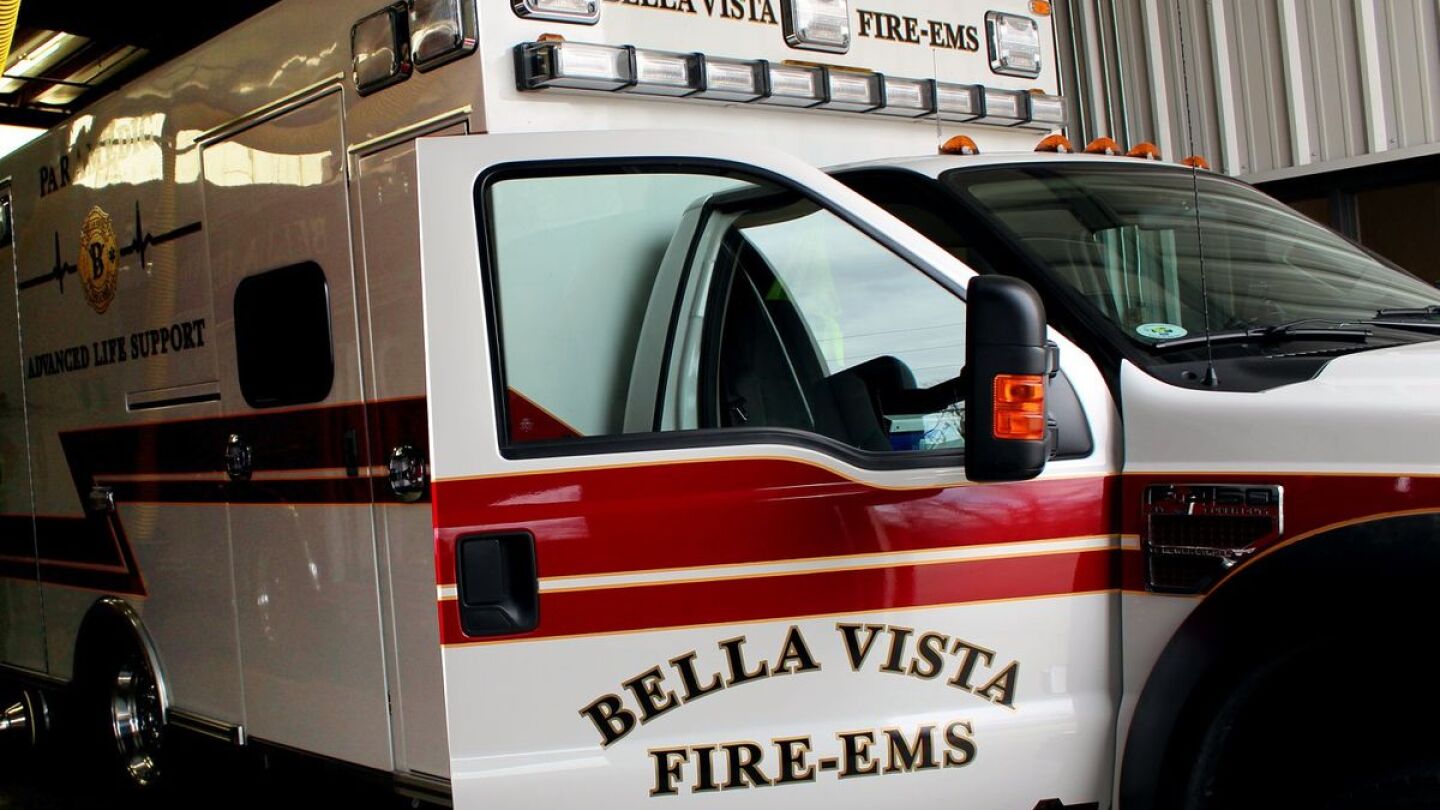Technology
The technology topic will keep you up to speed on new firefighting technologies, including improved emergency communications, advances in PPE, new fire apparatus and high-tech EMS technologies.
Researchers are developing AI systems that analyze social media posts during emergencies to help responders act faster
What if you could detect airborne chemical threats without ever setting foot in the hot zone?
There’s an art to knowing when it’s time to hang up your helmet
Once crews have gone through the light, the system will change back to its regular traffic cycle
From hazmat to vehicle crashes to wildland fires, FLIR has a thermal imaging camera for practically every job
Understanding data interoperability and how incident management software can help coordinate response efforts
An engineer-turned-firefighter, Phil Scarfi has made it his mission to use his computer science degree for the greater good of first responders
There is an increasingly pressing need for PSAPs to be able to translate text-to-911 messages sent in languages other than English
Since the county went from four 911 centers to one, costs have increased, staff have unionized and technology is blamed for dispatch delays
Reviewing the sUAS tactical and strategic applications on at fire and emergency scenes
The Bella Vista Fire and EMS Department among first in the nation to launch cerebral oximetry machines in two of its ambulances
The current analog-based system would be upgraded to an all-digital radio system
FirstNet
The lab tests devices and applications before their deployment in the field
The Search & Rescue Data Collector Tool allows first responders to capture real-time information, enabling command leadership to see where resources are needed
How to use communications systems to help ensure personnel accountability during wildfire events
Burn Saver is a body-worn technology that continuously monitors thermal conditions and warns firefighters when those conditions become threatening
Respiratory Protection Week will he held the first week of September and will be observing a historical timeline of 100 years of respiratory protection
The money will help fund renovation, hardware, equipment and associated technology costs for the call center
Debating key issues helps ensure evolution and relevance
The tool will be able to give first responders real-time text and visuals from social media, as well as from surveillance cameras and sensors
Modern communication systems help prepare departments for the increasingly dynamic all-hazards environment
Several new technologies are being integrated into apparatus bays to optimize firefighter safety and department efficiency
The newest ambulance cot will increase patient handling safety, and the EMS-to-hospital notification system aims to improve patient care
California received the largest award in the country, totaling $11,399,076 to improve its 911 centers
The tethered aerial device can be hard-wired into the vehicle system and does not require a piloting license or certificate of authorization
A former IAFC president interviews the incoming president about his goals for the organization and hopes for the fire service
Gov. Newsom approved a $1 billion emergency preparedness budget to ensure California is ready for any disaster
“Firefighters Choice” products are recommended by firefighters for firefighters
Santa Clara is the first county in the state to purchase the technology, which will be available to other areas in the event of a natural disaster
Durham Fire and EMS Station 17 is the first fire station in the city that can generate its own electricity from the sun
Nathan Hylek received a FaceTime call from his 20-month old daughter and when he realized his wife was having a medical emergency, he dialed 911
It’s time to focus on standardization and integration of fire and EMS systems – future milestone advancements for the fire service






























